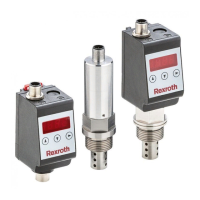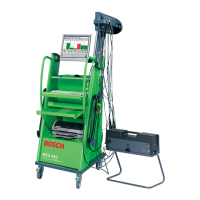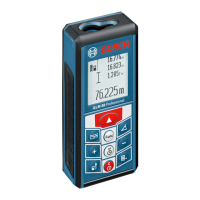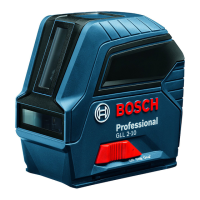28/36 BODAS speed sensors | Installation
BoschRexrothAG, RE95290-01-B/2021-09-13
7.3.2 General instructions
For information on gear wheel specifications, please refer to the respective
datasheet, see Table 1 "Required and supplementary documentation" on page 5.
7.3.3 Installation
1. Any present protective cap is to be removed before installation. The sensor
must be handled with care to prevent damage to the front side.
2. Insert the speed sensor into the intended installation bore and make sure that
the O-ring is not damaged during insertion.
3. Completely press the speed sensor into the installation bore by hand until
it is firmly seated.
4. Fasten the speed sensor using the included or specified mounting bolt,
the required tightening torque can be found in the following table
Table 7: Tightening torques
Speed sensor Required tightening torque Maximum permissible tightening torque
DSA/12 8 Nm ±2 Nm 10Nm
DSA/20 8 Nm ±2 Nm 10Nm
DSM/10 8 Nm ±2 Nm –
DSM/20 8 Nm ±2 Nm –
DST/10 9 Nm +0/−1 Nm –
HDD/20 10 ±1 Nm –
The connector on the DSM/10 and DSM/20 is supplied with aclip for mounting
to the body. It is suitable for sheet thicknesses from 0.7 to 6.0 mm and abody
opening diameter of 6.5 to 7.0 mm.
7.3.4 Information on wiring and circuitry
• Lines from the sensor to the electronics must not be routed close to other
power-conducting lines in the machine.
• The wiring harness should be mechanically secured in the area in which the
sensor is installed (distance < 150 mm). The wiring harness should be secured
so that in-phase excitation with the sensor occurs (e.g.at the sensor mounting
point).
• If possible, lines should be routed in the machine interior. If the lines are routed
outside of the machine, their secure mounting is to be ensured.
• Lines must not be kinked or twisted, must not rub against edges and must not be
routed through sharp-edged ducts without protection.

